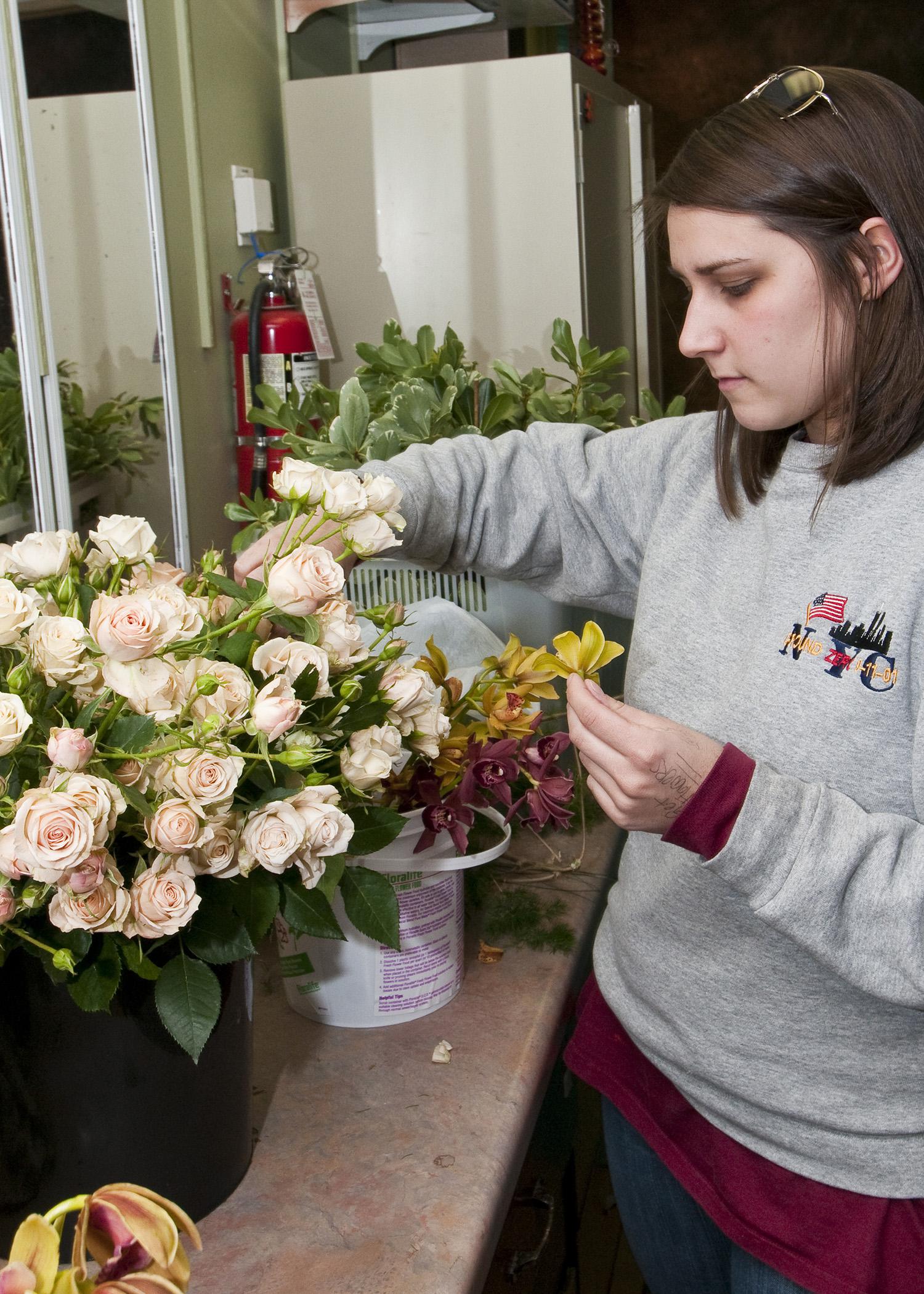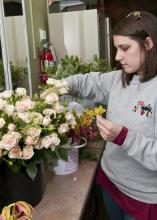Information Possibly Outdated
The information presented on this page was originally released on January 13, 2014. It may not be outdated, but please search our site for more current information. If you plan to quote or reference this information in a publication, please check with the Extension specialist or author before proceeding.
Plants and flowers bring symbolism to weddings
Bouquets, corsages and floral arrangements are linked firmly with church weddings, but landscape plants can promote a romantic atmosphere at outdoor nuptials, too.
There are several landscape and garden plants with romantic symbolism that last through the year. Consider gomphrena, a great choice for cut flower arrangements because when dried, it keeps its flower color. Not only is it a visual representation of an unfading love, it’s also pretty in the landscape for months.
Loves sees with the heart and is symbolized by a heart. The heart-shaped leaves of caladium in the landscape show the abundance of your love. These plants are grown for their colorful foliage, which comes in romantic reds and wedding-day whites that symbolize immense delight and joy.
Once the right plants have been chosen for outdoors, the next step is finding the right flowers for the ceremony itself. The first task is choosing colored flowers to coordinate with the bride’s and bridesmaids’ dresses.
Consider the symbolic meaning of the flower so you don’t convey the wrong message. Yellow roses or chrysanthemums may be the color you like, but for those in the know, they send negative messages of jealousy and slighted love.
Choosing the right flower for use in a wedding has a lot to do with the appearance of the plant itself. For example, consider a cactus plant. You probably have never been to a wedding that featured cactus plant decorations, as their rough exteriors and prickly spines do not convey their symbolism of warmth.
So let me try to help you out with some examples of popular wedding flowers and their potential uses. The rose is perhaps the most widely used flower in weddings. In many cultures, the rose is a symbol of love, emotion and beauty. It also doesn’t hurt the plant’s popularity that roses are available all year and come in a wide variety of colors to match any design scheme.
But while the rose may be the first plant that springs to mind, don’t forget to include flowers produced by bulbs or tubers. Two of the most popular are tulips and calla lilies.
Tulips are a meaningful choice to include in the floral arrangements as they symbolize all-consuming love. They can be found in a wide range of colors, from white to reds and purples. Tulips are available all year and are very versatile.
Symbolizing magnificent beauty, the calla lily is a good choice for bouquets and arrangements. The flowers open upwards into an elegant trumpet shape and can be a good choice for boutonnieres.
Gardenias are the wedding flowers with the most sought-after scent. A native of South Africa, the gardenia has thick, waxy leaves. Its heady fragrance makes it a fantastic addition to bouquets or sweet-smelling corsages. The pure-white flower symbolizes purity and joy, though it must be handled gently.
Always use a good, reputable florist to help you choose flowers and design floral arrangements for a wedding. Trying to take care of the details of the wedding flowers may seem like a fun job in the beginning, but brides (and grooms) can become overwhelmed very quickly.
Select your florist early in the wedding planning process, and be sure to communicate exactly what you want your floral designs to look like. Talk with a gardening expert about how to include these other loving plants in your landscape.








